Errors of the Traditional Science
The World Formula: The surface energy density of all quanta in the Universe is always the same!
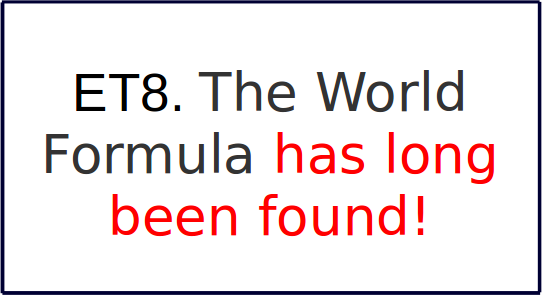 Oct, 2023
Oct, 2023
Today is September 27. I have not yet received a response from the editorial team. It's a shame, because there are still people who are interested in science and read “Spektrum der Wissenschaft”. This creates an obligation for good journalism to also report on the new, lesser-known developments in science. You can read about my World Formula in my books. ... Overall, it is another mistake of the “traditionalists” to believe that they can prevent progress by remaining silent.
A reaction of the Sun to cosmic bombardment!
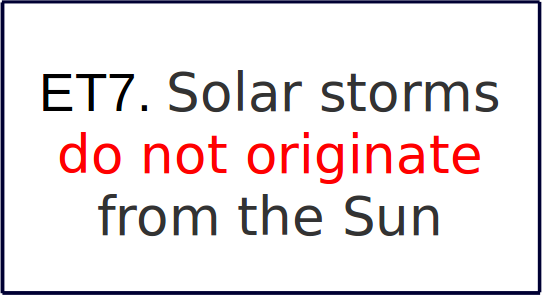 Jul, 2022
Jul, 2022
In recent days, the perennial topic of solar storms has once again become more prominent in our consciousness because of some spectacular events that made the front pages of the newspapers. On the one hand, the private company SpaceX lost almost the entire cargo of nearly 50 satellites, which an unexpected compression of the upper layers of the atmosphere had forced to plunge back to Earth. ... The Solar System is not Easter Island in the “vast ocean” of space. And the real distances between us and our cosmic neighbors are also much smaller than we had suspected until now. As a result, the influence of our Cosmic Hierarchy of the Solar System is much stronger than previously thought. These neighbors influence our Sun (and thus also us on Earth) much more than the processes in the Sun itself. The so-called solar storms are not reactions to undefined processes inside the Sun, but they are a reaction to the “impacts” of cosmic energy from outside on the surface of the Sun.
The Sun and the Earth in the same energy stream!
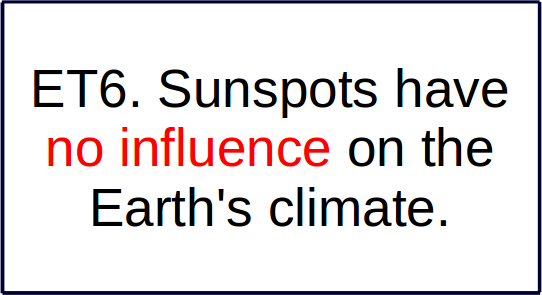 Jan, 2022
Jan, 2022
Assuming such an influence was another mistake of traditional science. The Sun and the Earth do not form a closed system. One could only assume such an influence in such a closed system. ... The Sun and the Earth are both members of the vast Cosmic Hierarchy of the Solar System. They both experience the transfer of energy between different, practically innumerable, other members of the hierarchy. The transfer of energy changes cyclically with the cycles of this Cosmic Hierarchy. One reaction of the sun to the fluctuations in the amount of energy in this transfer is the cyclically intensifying or weakening of sunspots on the surface of the Sun. The same fluctuations in the cosmic energy transfer also affect the supply of energy to Earth. These fluctuations are fundamentally responsible for changes in the global climate on Earth.
Venus' uniqueness is self-evident!
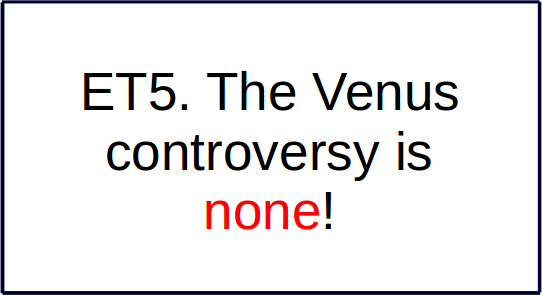 Dec, 2021
Dec, 2021
Adeene Denton writes: “What happens when scientists fundamentally disagree about planetary bodies? It happens more often than you might think. These disagreements are often fundamental: How did the Moon get its craters? Could Mars have produced life? Controversies in our field often resolve themselves with the addition of more data, but sometimes it takes a long time for more data to become available. ... Yet despite its numerous geological similarities to Earth, Venus has a surface unlike anything geologists have ever seen on Earth. Let me repeat the last question: “Will we ever really understand how the surface renewal of Venus came about?” My answer is yes, we can understand it. But we have to give up the grotesque attempt to explain the surface renewal of Venus by considering Venus as an isolated planet or even as an isolated cosmic body. Like our Earth, Venus is a member of the vast Cosmic Hierarchy of our Solar System. And in contrast to Earth, Venus is even located at a unique point in our Solar System, namely at its center of mass. These are the two main aspects in which the traditional view of astrophysics differs significantly from our view of Unified Science.
We are racing towards this band at more than 2000 km/s!
 Dec, 2021
Dec, 2021
The brightest band in the night sky, which our ancestors named the Milky Way and which astronomers of the last century “defined” as a galaxy, is not a galaxy at all. It is a transverse view into the two energy bridges of the Cosmic Hierarchy of the Solar System, namely the two highest that we can see with the naked eye. It is the bridge of level 8 (with a length of 295 million light-years) and even more so the bridge of level 9 (with its length of 3585 million light-years).
Venus lies in the center of mass of the Solar System!
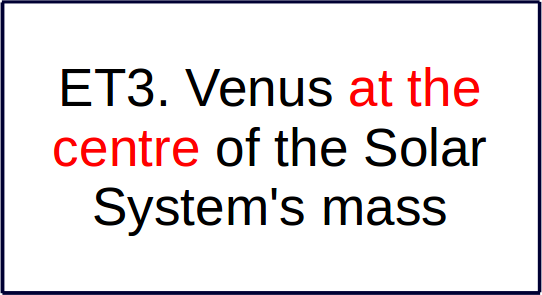 Dec, 2021
Dec, 2021
Since the Sun was born in a double star system (with Andrea-Star), the center of mass of the system had to be outside the Primordial Sun from the very beginning. There, one of the possible four primordial planets of the Primordial Sun formed, which we still see today in the same place as Venus. So the Earth must orbit both the Sun and Venus at the same time. ... Namely, the Sun also orbits Venus, and not the other way around.
The Sun was never a single star!
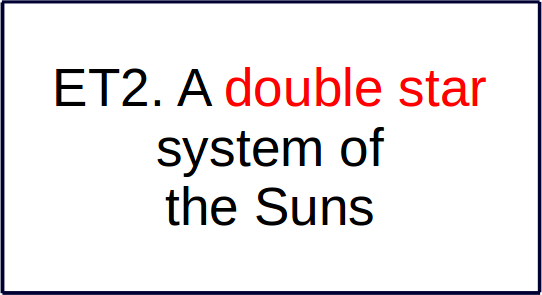 Dec, 2021
Dec, 2021
However, the stupid question remains: where does the mass of today's planets and moons come from, which we know to orbit the Sun? No matter what you find as an answer to this question in the texts of traditional science, it cannot agree with Newton's law of gravitation. A single star cannot have planets. Period. Too bad for all traditionalists, but true.
No planets are formed around a single star!
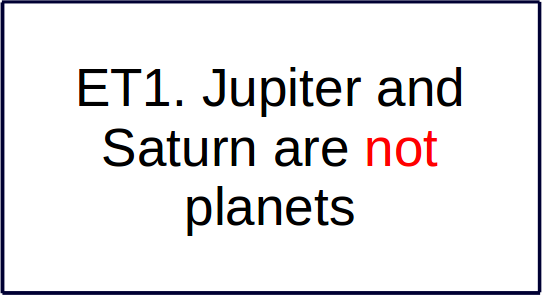 Dec, 2021
Dec, 2021
It is impossible that the four Earth-like planets of the Solar System (Mercury, Venus, Earth and Mars) could have the same origin as the four so-called “gas planets” (Jupiter, Saturn, Uranus and Neptune). This must be obvious to us at least from the comparison of the actual sizes of all known “planets”. Our Unified Science tells a completely different story, but one that correlates much better with all the known facts. Today's Solar System is the successor of the Primordial Solar System, which had existed between 7.1 and 3.5 billion years ago.
